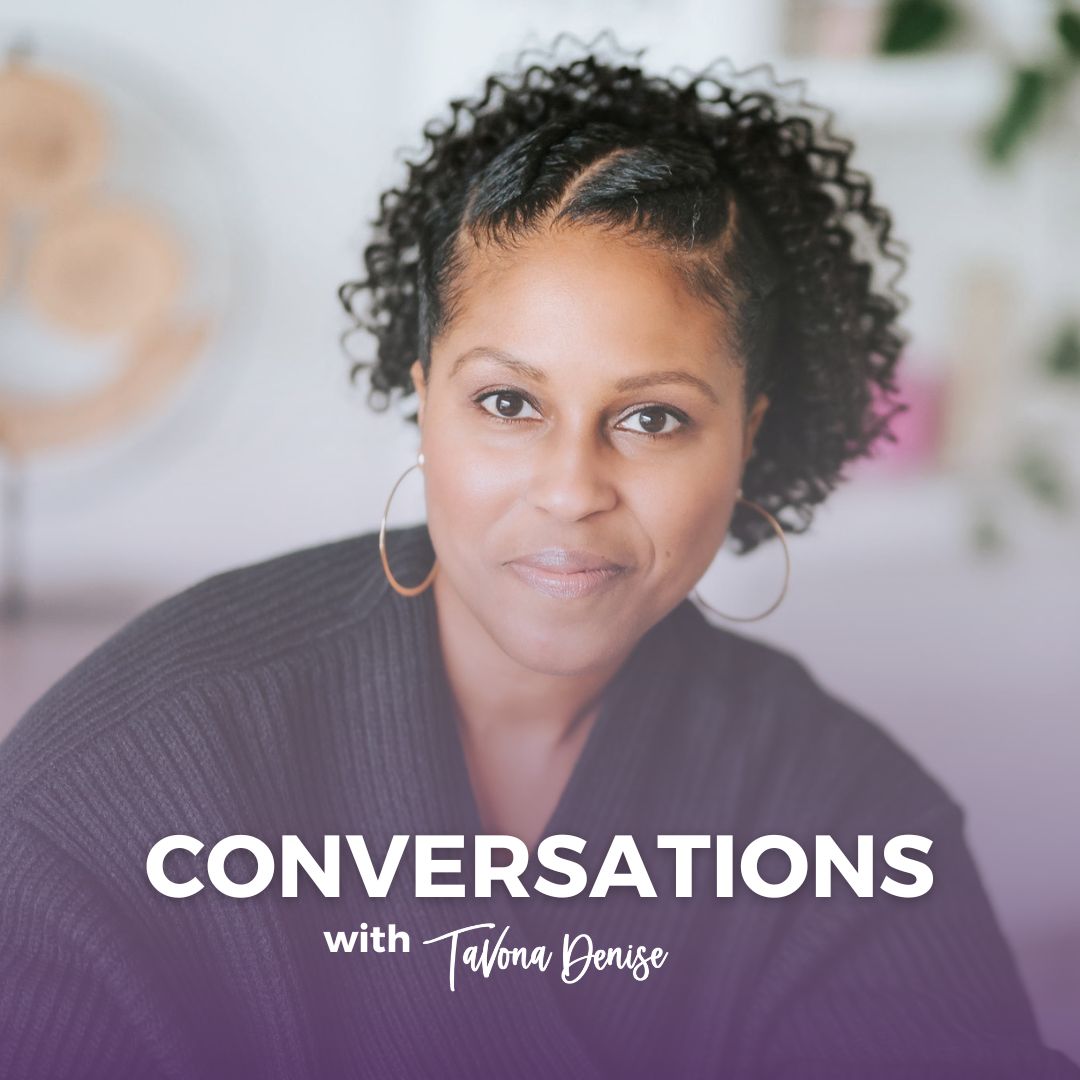Everyone knows that stress is not good for us. We let our mate or the kids stress us out. We let work our coworkers and our boss or the project at work stress us out. We let money stress is out.
In addition to weight gain, stress has been linked to:
- Heart disease, high blood pressure, abnormal heart rhythm, heart attacks, and stroke.
- Menstrual problems, sexual dysfunction-loss of sexual desire in both men and women.
- Skin and hair problems such as acne, psoriasis, and eczema, and permanent hair loss.
- Gastrointestinal problems, such as GERD, gastritis, ulcerative colitis, and irritable colon.
(Source: WebMD.com)
So yes, stress. It’s a real problem, but it’s also a problem that we can do something about because we create in our minds.
What?!
Yep. Follow me for a minute. I want to teach you one of the most powerful things that was ever shown to me.
My mentor, Brooke Castillo, calls it the Thought Model and it goes like this. For everything that happens in our life we immediately have a thought about it. What we choose to think about that circumstance causes us to feel a certain way. When we feel that way about that circumstance we do something (or don’t do) which when done over and over again creates our current results.
To break it down further:
Circumstances are based in fact and can be proven by science or in a court of law and everyone in a room would agree. (i.e. The sky is blue or a direct quote).
Thoughts are sentences in our mind, our opinion about a situation, person or circumstance. This can vary greatly from person to person. (i.e. He said, “You’re a handful.”-circumstance, your opinion about what he say is the thought. Today is Monday (circumstance) your opinion about Monday is the thought
Feelings are one-word emotions/vibrations that arise because of your opinion of something (i.e. Happy, sad, frustrated, overwhelmed, indignant, defiant, joyful)
Actions are what we do (or fail to do) based on how we feel.
Results are what we see appear in our lives when we take (or fail to take) certain actions on a regular basis. The result will always prove the thought.
See the following real-life examples:
Circumstance: I own a business and I work full time.
Thought: I don’t have time to do what I need to for my business because I have to work
This caused me to feel frustrated
When I felt frustrated because I was thinking I don’t have time to build my business because I have to work, I don’t work on my business. (Usually because I spend my energy talking about or thinking about how I would be able to do so much more and get along faster if I didn’t have to work. And by the way, who said the two had to be mutually exclusive?)
The result of my (in)action is that I have to work (because I have not built the business to cover my living expenses)
Circumstance(situation) Weekly Staff Meetings
Thought: nothing ever changes around here.
This thought makes me feel defeated
So I don’t share my ideas
Which results in there being no change because I have not shared a new idea
Let’s look at one related to weight loss.
Circumstance: I weigh 200 pounds
Thought: It’s going to take forever to lose that much weight.
When I choose to think that it’s going to take forever to lose that much weight I feel overwhelmed
So I take a nap instead of going to the gym
Resulting in me being one day further away from my goal
Challenge:
Try one. Think about a circumstance in your life that you don’t like and apply it to the thought model.
Reply to this email with your Thought Model. If you are having trouble with it, email the situation and I’ll walk you through it.
This is one of the hardest things to do when you are used to trying to avoid difficult feelings, but the most rewarding to overcome. We’ll talk more about how to turn around a negative thought, but for now, the first thing to do is just notice.
When food isn’t the answer:
- Think about the last time/situation that triggered you to eat. What thoughts were thinking? How did you feel? We often eat to avoid feeling some thought. Did you numb out?
- Check the patterns. See if you can catch yourself “numbing out” with food, TV, or some other distraction. Ask yourself, is this how I want to take care of myself? See if you can find what thought you have before you decide to numb out.
It may feel better now, but will it solve the problem? Guess what, if you choose to eat rather than feel, that’s okay too. Just own it and know that it creates your results.
